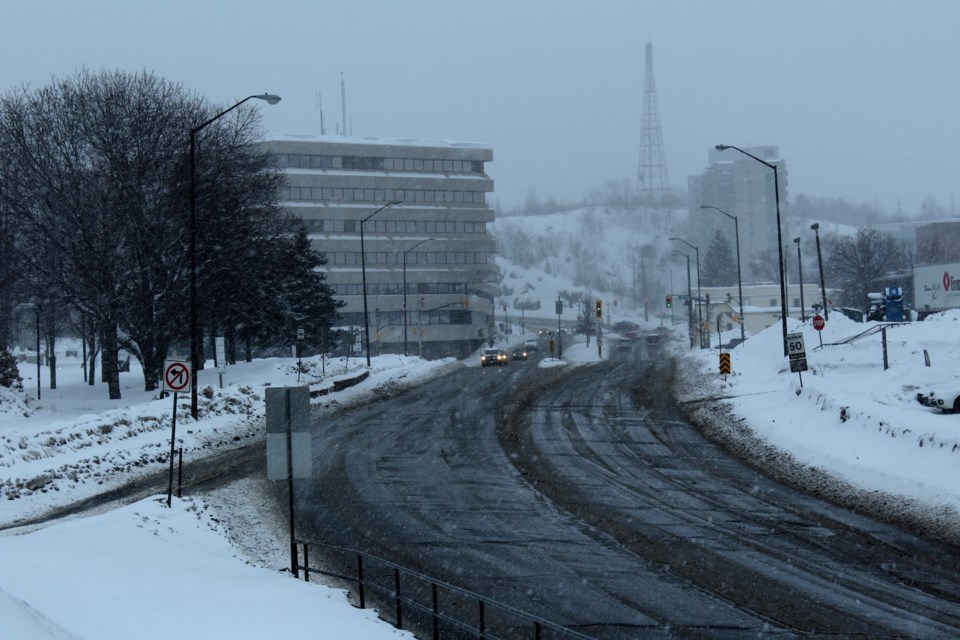A rare phenomenon that initially had scientists puzzled, Thundersnow, lightning and thunder during a snowstorm, is quite real.
In fact, it happened in Sudbury this morning.
You may have seen the sky light up, or heard the rumbling of thunder through the city, and if you somehow managed to catch a photo of it or (the more likely scenario perhaps) a video clip of the atmospheric phenomenon, we’d love to see it and share it. Send it to [email protected] and we might feature it on our site.
Reader L Bostrom shared the clip below showing thundersnow.
Thunderstorms occur when an air mass becomes so unstable that it overturns, sometimes violently. This usually happens when drastically different temperatures meet, such as when the air closer to the ground is unusually warm and humid and the air above it is unusually cool. Because the lower layers of air are colder — and have a lower dew point — in the wintertime, these kinds of atmospheric clashes are very unusual during colder months. Still, thundersnow does happen.
Reader 7up121 shared the video below also showing thundersnow.
Thundersnows are most common in the Great Lakes region, when cold air blows across the relatively mild water of the Great Lakes, forcing the air upwards rapidly enough that the instability causes lightning and thunder in conjunction with heavy snow. This same effect can happen along the East Coast, when an icy cold Nor’easter moves in to a region on the heels of a warmer front.
